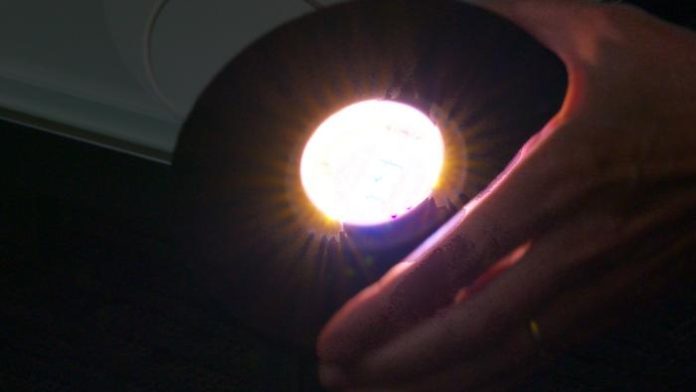A recent study from the University of Washington reveals that a novel LED light device, alternating between orange and blue wavelengths, is more effective in advancing melatonin levels compared to traditional lighting options. This breakthrough could have significant implications for resetting circadian rhythms and treating seasonal affective disorder (SAD).
Innovative Approach to Circadian Rhythm Regulation
The study, published in the Journal of Biological Rhythms, tested three types of lighting devices to determine their impact on melatonin production. The novel device, which alternates blue and orange light 19 times per second, was found to be superior in shifting melatonin production compared to a standard white light and a blue LED light designed to trigger melanopsin, a photopigment in the eyes.
Study Design and Findings
In the small-scale study, six participants were exposed to each of the three lighting devices in separate sessions. Researchers measured melatonin production by taking saliva samples to establish baseline levels and then again after exposure to each light. The alternating blue-orange LED resulted in a phase advance of 1 hour and 20 minutes in melatonin production, while the blue LED advanced it by 40 minutes, and the white light only by 2.8 minutes.
Scientific Insights
Jay Neitz, a professor of ophthalmology at the UW School of Medicine and a co-author of the study, explained that the alternating blue and orange wavelengths stimulate a “blue-yellow opponent circuit” in the retina, which is more sensitive than the melanopsin photopigment. This circuit is crucial for resetting the internal clock, making the new LED device particularly effective.
Neitz noted that while the light appears white to the human eye, the alternating colors are interpreted by the brain as similar to the natural light conditions at dawn and dusk, thereby enhancing the circadian rhythm reset.
Commercialization and Future Implications
The technology behind the novel LED device has been commercialized through the UW, with the device now manufactured and sold by TUO, a Chicago-based company. This advancement could provide a valuable tool for individuals struggling with circadian rhythm disruptions, offering a new approach to managing sleep disorders and seasonal mood changes.
The research was supported by the National Institutes of Health and marks a significant step forward in our understanding of how artificial lighting can influence our internal biological clocks.















